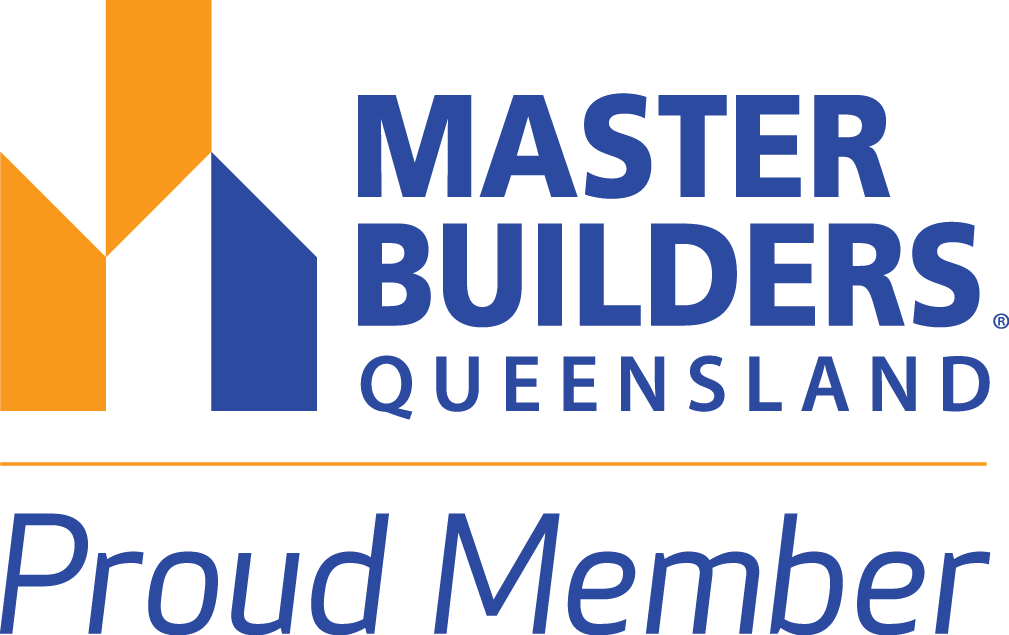Our Blog

Coastal Home Elevation: Key Insights and Considerations
Navigating the idea of raising homes in coastal areas involves a unique mix of challenges and opportunities. Coastal living provides beautiful views and a relaxed lifestyle, but the environment poses certain complexities when it comes to home renovations and construction. Preparing a home for these specific conditions can enhance its value and functionality. The process of raising homes not only addresses common coastal risks but also offers significant advantages in terms of space utilisation and structural integrity.
Choosing to elevate property in these regions can prevent flood damage, improve views, and even create extra living space. For many homeowners, the decision carries substantial emotional and financial implications, as it often means protecting cherished belongings and increasing the property's long-term value. While the idea of raising a home might seem complex, it ultimately provides peace of mind by fortifying the residence against environmental uncertainties while maintaining the charm and character of a coastal home.
Understanding Coastal Challenges
Homes in coastal regions face distinct challenges due to environmental factors. The presence of saltwater can lead to corrosion, affecting both structural and aesthetic elements of a home. Consistent humidity exacerbates this issue, wearing down materials faster than in drier areas. Additionally, the potential for storms and high winds demands that homes are well-constructed to withstand nature's forces.
Beyond meteorological threats, the ground itself presents considerations. The soil in coastal areas can vary widely, from sandy soils vulnerable to erosion to clay soils that swell with moisture. Each type impacts foundation stability differently, necessitating a tailored approach to construction. A sound and responsive design will ensure that the home remains secure while also accommodating any natural movements in the soil.
Flooding remains a prominent risk. Coastal homes are often subjected to higher water tables, meaning that flooding can occur more easily and with more severe impacts. Effective home raising addresses these threats head-on, as elevated homes are often safer from floodwaters, reducing the risk of property damage and providing homeowners with added reassurance. Elevation strategies must be carefully planned and executed to maximise protection without compromising the home's character or functionality.
Design Considerations for Coastal Homes
Thoughtful design choices are crucial for coastal homes facing environmental challenges. Selecting materials plays a significant role in prolonging a home's lifespan and maintaining its aesthetic appeal. It's wise to opt for materials specifically resistant to corrosion and moisture. Stainless steel, galvanised metal, and treated timber can effectively withstand the harsh coastal environment, ensuring durability and reducing long-term maintenance costs.
Incorporating architectural features that support natural ventilation and cooling can further enhance living conditions. Open floor plans, strategically positioned windows, and shaded outdoor spaces help maximise airflow, making homes more comfortable during humid seasons. Such elements not only contribute to a sustainable and energy-efficient home but also elevate the overall living experience.
Elevating a home helps protect it from floodwaters, a vital technique for properties in flood-prone regions. By raising the structure off the ground, homeowners can safeguard their property from potential water damage while also potentially gaining additional usable space beneath the home. This approach can be particularly beneficial for introducing new functional areas or storage without compromising the existing floor plan.
Regulatory and Approval Insights
Tackling a home-raising project involves navigating several regulatory hurdles, especially in coastal areas. Councils often have specific regulations to ensure that any construction aligns with regional safety and environmental standards. Understanding and adhering to these requirements from the onset is essential to avoid legal complications and delays.
Obtaining professional assessments and reports is a prudent step in the planning process. Expert evaluations can uncover potential issues related to land stability, environmental impact, and construction feasibility. These insights are invaluable for tailoring a project that meets the required standards and aligns with homeowners' vision.
The approval process involves several steps, including submitting detailed project plans, undergoing environmental evaluations, and obtaining necessary permits. It helps streamline this process with a clear roadmap to ensure compliance while avoiding potential pitfalls.
Cost and Budget Management
Budgeting accurately for a home-raising project in coastal areas requires careful consideration of several factors. Materials, labour, regulatory compliance, and unexpected expenses can all influence the overall cost. A well-planned budget takes these elements into account, providing a realistic picture of the financial commitment involved. Transparent and open dialogue with builders and architects helps ensure clarity, preventing misunderstandings and unnecessary spending.
Being upfront about budget constraints is essential to prevent surprises later in the project. Detailed project estimates and honest communication lay the groundwork for a financially successful project.
Final Thoughts on Coastal Home Raising Projects
Raising a coastal home is a substantial undertaking, but the rewards are significant. Careful planning and consideration create a resilient home that balances aesthetic appeal with practical functionality. Working with professionals who understand coastal challenges and regulatory requirements will facilitate a smooth and successful renovation journey.
By focusing on design integrity and clear communication, homeowners achieve a transformation that respects their property's character while ensuring its longevity and safety. A home-raising project not only enhances the living space but also adds lasting value, offering security and peace of mind.
For homeowners planning to enhance their coastal properties with a raise and build project, maintaining design integrity and meeting regulatory requirements can be complex. Ensuring that your plans align with both your personal vision and the necessary standards is crucial for success. Urban Scene Construction is committed to guiding you through this transformative journey. If you're seeking experienced home renovation builders in Brisbane who understand the balance between character preservation and modern functionality, we’re here to help bring your vision to life.
Contact
ABN and Builders Licence
ABN: 94 115 015 220
QBCC Lic No.1080019



